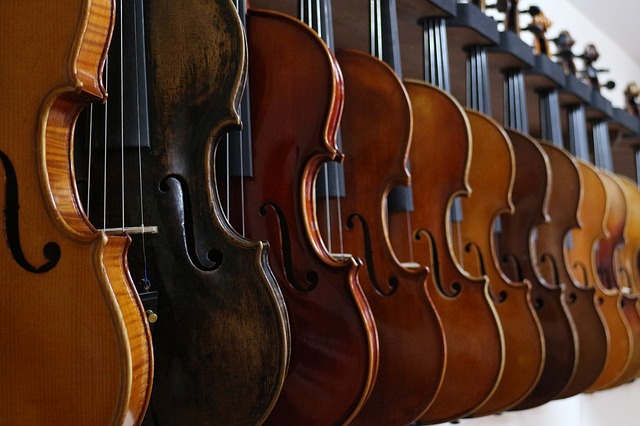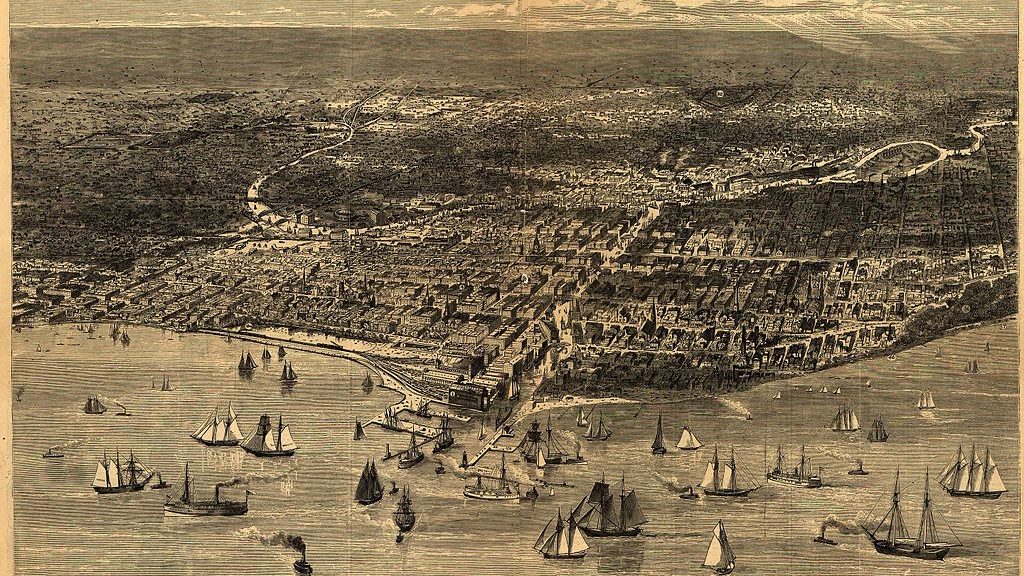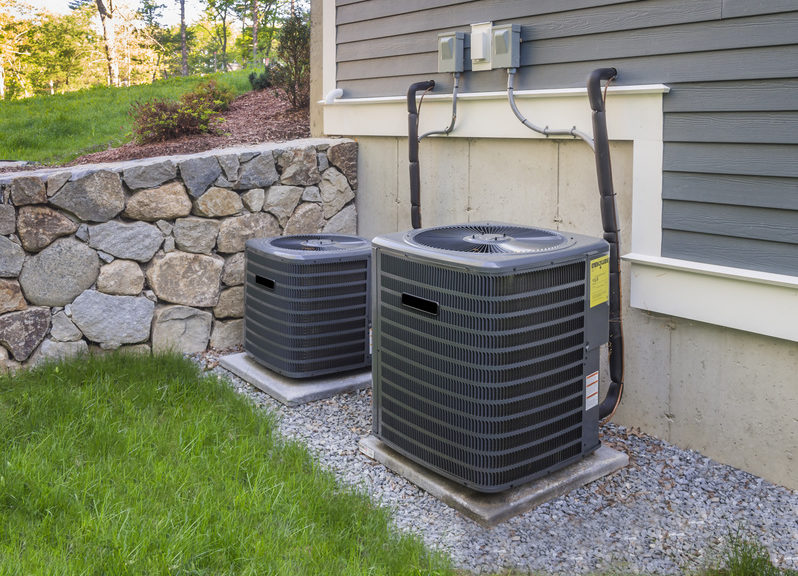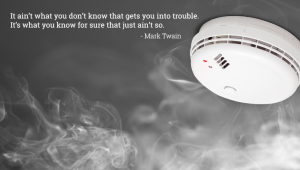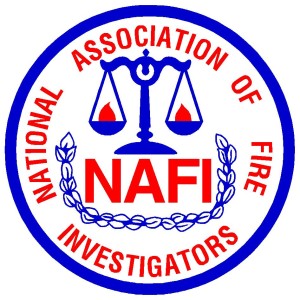AD 64, Jul 18th: Nero’s Rome burns
The great fire of Rome breaks out and destroys much of the city on this day in the year 64. Despite the well-known stories, there is no evidence that the Roman emperor, Nero, either started the fire or played the fiddle while it burned. Still, he did use the disaster to further his political agenda.
The fire began in the slums of a district south of the legendary Palatine Hill. The area’s homes burned very quickly and the fire spread north, fueled by high winds. During the chaos of the fire, there were reports of heavy looting. The fire ended up raging out of control for nearly three days. Three of Rome’s 14 districts were completely wiped out; only four were untouched by the tremendous conflagration. Hundreds of people died in the fire and many thousands were left homeless.
Although popular legend holds that Emperor Nero fiddled while the city burned, this account is wrong on several accounts. First, the fiddle did not even exist at the time. Instead, Nero was well known for his talent on the lyre; he often composed his own music. More importantly, Nero was actually 35 miles away in Antium when the fire broke out. In fact, he let his palace be used as a shelter.
Legend has long blamed Nero for a couple of reasons. Nero did not like the aesthetics of the city and used the devastation of the fire in order to change much of it and institute new building codes throughout the city. Nero also used the fire to clamp down on the growing influence of Christians in Rome. He arrested, tortured and executed hundreds of Christians on the pretext that they had something to do with the fire.
Source: History.com
